| [1] Chen Y, Yu B, Xue G, et al. Effects of storage solutions on the viability of human umbilical cord mesenchymal stem cells for transplantation. Cell Transplant. 2012;22(6):1075-1086.[2] Bianco P, Robey PG, Simmons PJ. Mesenchymal stem cells: revisiting history, concepts, and assays. Cell Stem Cell. 2008; 2(4):313-319.[3] Tendera M, Wojakowski W, Ruzy??o W, et al. Intracoronary infusion of bone marrow-derived selected CD34+CXCR4+ cells and non-selected mononuclear cells in patients with acute STEMI and reduced left ventricular ejection fraction: results of randomized, multicentre Myocardial Regeneration by Intracoronary Infusion of Selected Population of Stem Cells in Acute Myocardial Infarction (REGENT) Trial. Eur Heart J. 2009;30(11):1313-1321.[4] Huikuri HV, Kervinen K, Niemelä M, et al. Effects of intracoronary injection of mononuclear bone marrow cells on left ventricular function, arrhythmia risk profile, and restenosis after thrombolytic therapy of acute myocardial infarction. Eur Heart J. 2008;29(22):2723-2732.[5] Wöhrle J, Merkle N, Mailänder V, et al. Results of intracoronary stem cell therapy after acute myocardial infarction. Am J Cardiol. 2010;105(6):804-812.[6] Xiong N, Zhang Z, Huang J, et al. VEGF-expressing human umbilical cord mesenchymal stem cells, an improved therapy strategy for Parkinson's disease. Gene Ther. 2011;18(4): 394-402.[7] Seeger FH, Tonn T, Krzossok N, et al. Cell isolation procedures matter: a comparison of different isolation protocols of bone marrow mononuclear cells used for cell therapy in patients with acute myocardial infarction. Eur Heart J. 2007;28(6):766-772.[8] Pal R, Hanwate M, Jan M, et al. Phenotypic and functional comparison of optimum culture conditions for upscaling of bone marrow-derived mesenchymal stem cells. J Tissue Eng Regen Med. 2009;3(3):163-174.[9] Serigano K, Sakai D, Hiyama A, et al. Effect of cell number on mesenchymal stem cell transplantation in a canine disc degeneration model. J Orthop Res. 2010;28(10):1267-1275.[10] Park SS, Byeon YE, Ryu HH, et al. Comparison of canine umbilical cord blood-derived mesenchymal stem cell transplantation times: Involvement of astrogliosis, inflammation, intracellular actin cytoskeleton pathways, and neurotrophin. Cell Transplant. 2011;20(11-12):1867-1880.[11] Ikehara S. A new bone marrow transplantation method for stem cell disorders. Ann N Y Acad Sci. 2009;1173:774-780.[12] Hermann A, List C, Habisch HJ, et al. Age-dependent neuroectodermal differentiation capacity of human mesenchymal stromal cells: limitations for autologous cell replacement strategies. Cytotherapy. 2010;12(1):17-30.[13] Wang CC, Fang KM, Yang CS, et al. Reactive oxygen species-induced cell death of rat primary astrocytes through mitochondria-mediated mechanism. J Cell Biochem. 2009; 107(5):933-943.[14] Lieberthal W. Macroautophagy: a mechanism for mediating cell death or for promoting cell survival? Kidney Int. 2008; 74(5):555-557.[15] Wochna A, Niemczyk E, Kurono C, et al. A possible role of oxidative stress in the switch mechanism of the cell death mode from apoptosis to necrosis--studies on rho0 cells. Mitochondrion. 2007;7(1-2):119-124.[16] Nehs MA, Lin CI, Kozono DE, et al. Necroptosis is a novel mechanism of radiation-induced cell death in anaplastic thyroid and adrenocortical cancers. Surgery. 2011;150(6): 1032-1039.[17] Folch J, Junyent F, Verdaguer E, et al. Role of cell cycle re-entry in neurons: a common apoptotic mechanism of neuronal cell death. Neurotox Res. 2012;22(3):195-207.[18] Allen CL, Bayraktutan U. Oxidative stress and its role in the pathogenesis of ischaemic stroke. Int J Stroke. 2009;4(6): 461-470.[19] Miyata T, Takizawa S, van Ypersele de Strihou C. Hypoxia. 1. Intracellular sensors for oxygen and oxidative stress: novel therapeutic targets. Am J Physiol Cell Physiol. 2011;300(2): C226-231.[20] Tas S. Genetic predisposition to coronary heart disease and gene for apolipoprotein-CIII. Lancet. 1991;337(8733): 113-114.[21] Klune JR, Tsung A. Molecular biology of liver ischemia/reperfusion injury: established mechanisms and recent advancements. Surg Clin North Am. 2010;90(4): 665-677.[22] 张英,王为,吕国军,等. 体外培养和冷冻保存对微囊化细胞生长和内皮抑素表达的影响[J]. 中国组织工程研究与临床康复, 2008,12(45):8963-8968.[23] 陈国添,张华. 造血干细胞移植中实验室的细胞保存技术[J]. 检验医学与临床,2009,6(20):1766-1768.[24] Ide T, Sunagawa K. ROS and disorder of mitochondrial DNA. Nihon Rinsho. 2007;65 Suppl 4:238-242.[25] Cataldi A. Cell responses to oxidative stressors. Curr Pharm Des. 2010;16(12):1387-1395.[26] Ryter SW, Kim HP, Hoetzel A, et al. Mechanisms of cell death in oxidative stress. Antioxid Redox Signal. 2007;9(1):49-89.[27] Saito Y, Yoshida Y, Akazawa T, et al. Cell death caused by selenium deficiency and protective effect of antioxidants. J Biol Chem. 2003;278(41):39428-39434.[28] Avery SV. Molecular targets of oxidative stress. Biochem J. 2011;434(2):201-210.[29] Iio H, Ake Y, Saegusa Y, et al. The effect of lipid peroxide on osteoblasts and vascular endothelial cells--the possible role of ischemia-reperfusion in the progression of avascular necrosis of the femoral head. Kobe J Med Sci. 1996;42(6): 361-373.[30] 卢文艺,赵明峰,Sajin Rajbhandary,等. 铁过载催化的氧化应激对骨髓间充质干细胞的影响及其作用机制[J]. 中国医学科学院学报, 2013,1:6-12.[31] Sibel Konyalioglu,Guliz Armagan,Ayfer Yalcin,et al. Effects of resveratrol on hydrogen peroxide-induced oxidative stress in embryonic neural stem cells. Neural Regeneration Research. 2013,8(6):485-495.[32] Maheshwari A, Misro MM, Aggarwal A, et al. N-acetyl-L-cysteine modulates multiple signaling pathways to rescue male germ cells from apoptosis induced by chronic hCG administration to rats. Apoptosis. 2012;17(6):551-565.[33] Kim JK, Han M, Nili M. Effects of N-acetyl-L-cysteine on fish hepatoma cells treated with mercury chloride and ionizing radiation. Chemosphere. 2011 Nov;85(10):1635-1638. [34] Ueno T, Yamada M, Igarashi Y, et al. N-acetyl cysteine protects osteoblastic function from oxidative stress. J Biomed Mater Res A. 2011;99(4):523-531.[35] Mitsopoulos P, Suntres ZE. Protective Effects of Liposomal N-Acetylcysteine against Paraquat-Induced Cytotoxicity and Gene Expression. J Toxicol. 2011;2011:808967.[36] Song H, Cha MJ, Song BW, et al. Reactive oxygen species inhibit adhesion of mesenchymal stem cells implanted into ischemic myocardium via interference of focal adhesion complex. Stem Cells. 2010;28(3):555-563.[37] 王延伟,沈肖方,王跃嗣,等.人骨髓间充质干细胞玻璃化冷冻复苏后的生物学活性[J].青岛大学医学院学报,2013,1:33-34.[38] 黄文秋,黄宏,徐祥,等. mTOR及其下游信号通路在骨髓间充质干细胞氧化应激损伤中的变化及作用[J].第三军医大学学报,2013,35(2):114-118. |
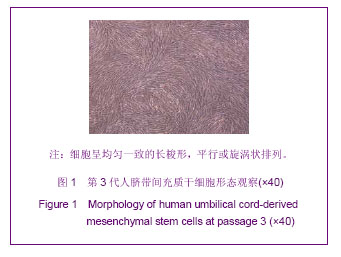

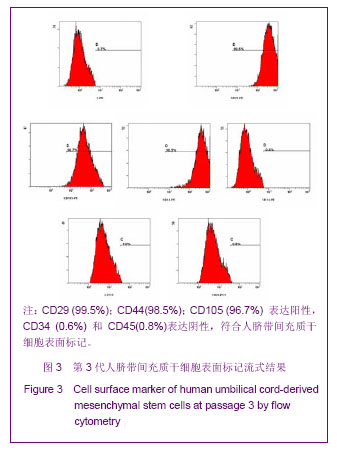

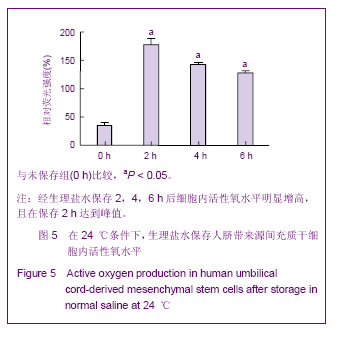
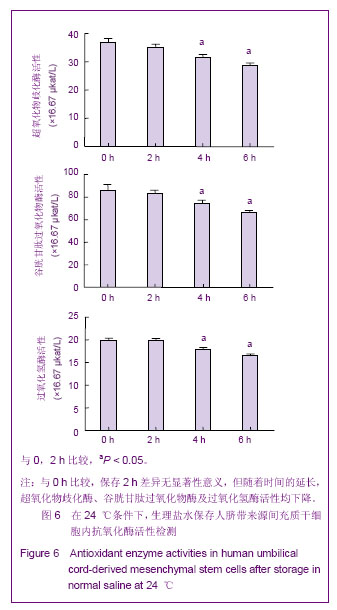
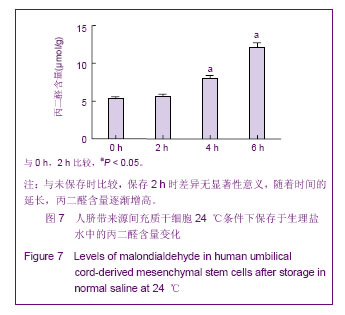
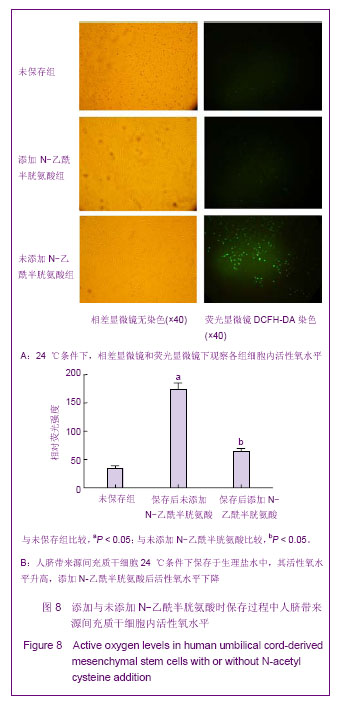
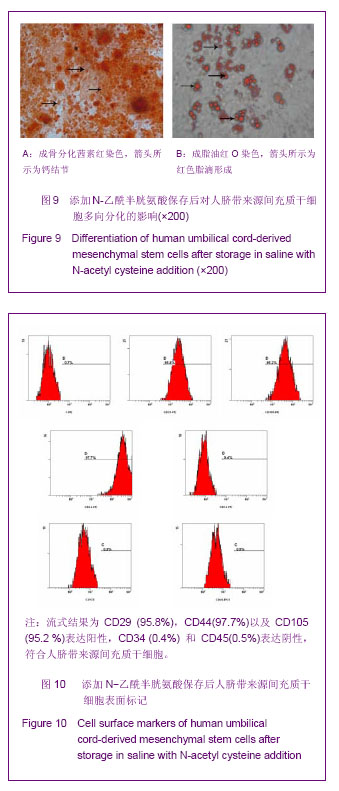
.jpg)
.jpg)
.jpg)
.jpg)